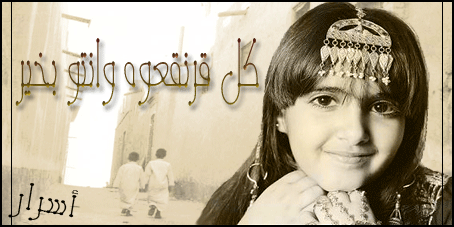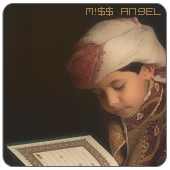








 This is really weird and :
This is really weird and :1. I would never wear this
2.Not only looks horrible , but i think also the mantainance is it hard
3. U will look like "X-Mas tree" :)
4.We can not take wudhu
5. Islamically is it makrooh to wear nail polish












"Almost all Anatolian (Turkish) jewelry has a special meaning of its own and its own story, and the 'Hand of Fatima Necklace' is one of these, a lovely piece of silver and gold from which silver hands are hung and in whose good luck the women of Anatolia (Turkey) believe. Its romantic story is as follows: One day Lady Fatima (daughter of the Holy Prophet Mohammed) was roasting halvah (a sesame honey cookie) in a pan in the garden when suddenly the door opened and her husband the prophet Ali entered along with a new and beautiful female slave. When the Lady Fatima saw her husband's beautiful young concubine (slave-girl), she was deeply grieved and in confusion began stirring the halvah with her hand. Because of the grief in her heart she never even felt the pain of her hand mixing the hot halvah. However, when her husband hurried to her side and exclaimed in surprise "What are you doing there, Fatima?" she felt her hand burning and the pain. Thus it is from that day on the hand of the Lady Fatima has been used in the Islamic world as a symbol of patience, abundance, and faithfulness, and thus it is that girls and women wearing this necklace from whose end the hands hang believe the hands of Lady Fatima will bring them good luck, abundance and patience."
"The motif (pattern) of the Hand of Fatima is used everywhere in North Africa, especially in jewelry and in door knockers, naturally, because it keeps away the Evil Eye, considered to be a problem there."
"Fatima was the daughter of the prophet Mohammed, but in fact this hand has been around before Islam, and there is still much right hand-left hand magic in Morocco. The left hand is for doing bad things; it also protects against the evil eye if you put it palm up in front of you (so naturally that's an insulting thing to do to someone, implying they have the evil eye)."







































